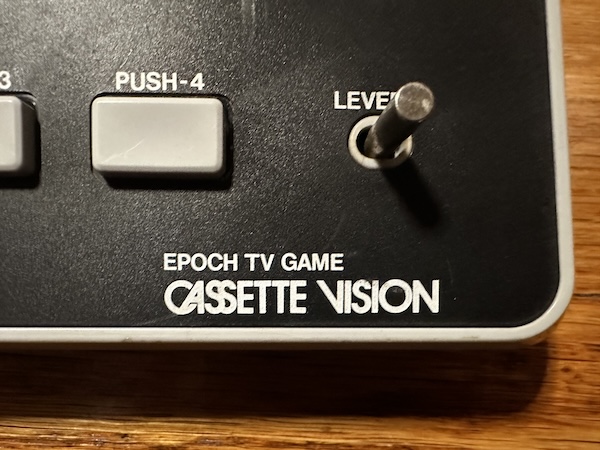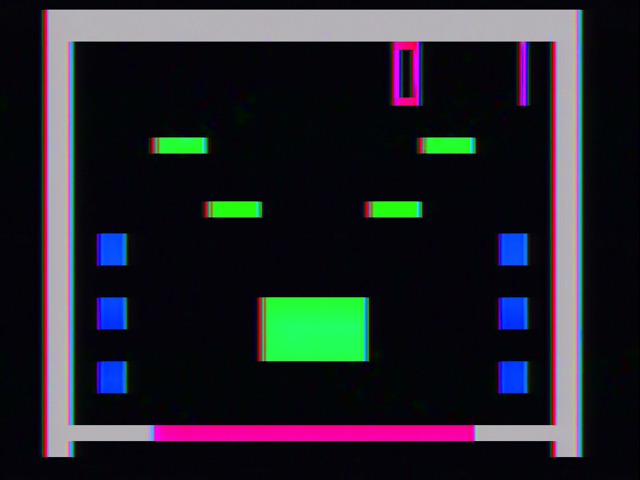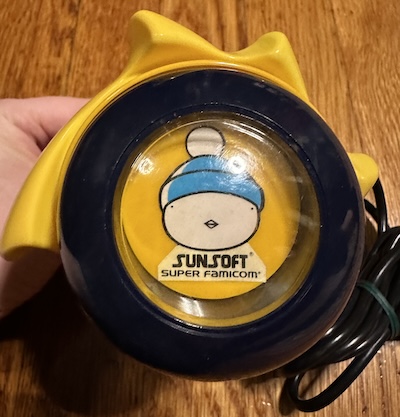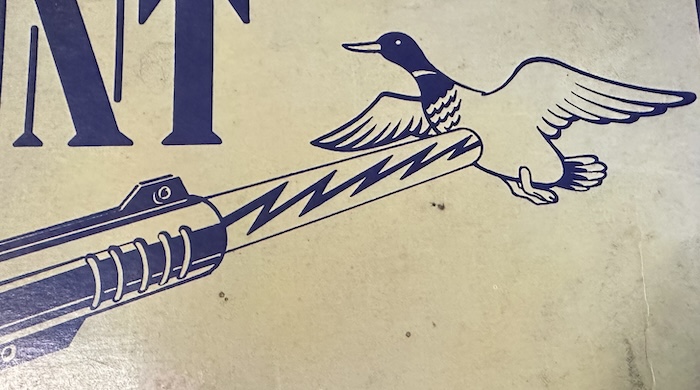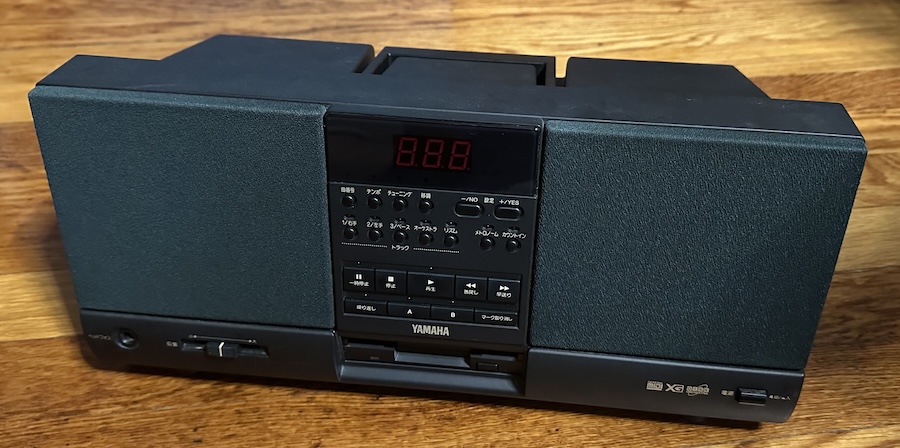-
The RCA Studio II in Living Monochrome
Remember the RCA Studio II? A chipset with a fascinating history and enthusiast cred put into the service of the most disappointing game console of 1977. But mine didn’t work at all– well, that hasn’t changed. But thanks to partlyhuman (Roger Braunstein), creator of the Floopy Drive, I now have two RCA Studios II. One of them might even work, so now we can try out the games here.
-
The Epoch Cassette Vision: Definitely Not a Pong Console in a Trenchcoat
The evolution of consoles from single-game systems like the Magnavox Odyssey 100 to cartridge-based systems like the NES wasn’t a simple process. The original console, the Magnavox Odyssey, had something kind of cartridge-like despite having no CPU, ROM, or RAM. And the original Japanese cartridge-based console had more in common with the single-game TV Vader than you might think. It’s cassette time, with no magnetic tape reader required.
-
Apple II graphics: More than you wanted to know
The Apple ][ is one of the most iconic vintage computers of all time. But since Wozniak’s monster lasted all the way until 1993 (1995 if you could the IIe card, which I won’t count until I get one), it can be easy to forget that in 1977, it was a video extravaganza. The competitors– even much bigger and established companies like Commodore and Tandy– generally only had text modes, let alone pixel-addressable graphics, and they certainly didn’t have sixteen colors. (Gray and grey are different colors, right?)
-
Composite Modding another Atari, because Colors are Hard
Back in 1978, I took a look at the Sears Tele-Games Pinball Breakaway, a rebadged version of Atari’s Video Pinball (the home version), whose chip was also used in one of the variants of Epoch’s TV Block. A lot has changed since 1978, and one of those things is that RF modulators just don’t cut it.
-
The Last Bastion of One-Dimensional Analog Control: Pachinko on the SNES
When I took a look at a modern hanemono pachinko machine, it surprised me that many people thought the pachinko dial control was digital; either you were applying force, or you weren’t and that was it for the amount of control the player has. Now, it’s true that pachinko isn’t quite a game of skill, but there is a little bit more gameplay than that. And if you don’t want to read another pachinko post, don’t worry! This post is actually about controllers for the Super Nintendo!
-
Yes, You Can Play Duck Hunt Without a Television (but I can't)
Duck Hunt is considered a classic of the Nintendo Entertainment System. But surprisingly, the concept of hunting ducks did not originate in 1984– people have wanted to hunt ducks since at least 1951, when Daffy Duck proclaimed it to be “Duck Season” in the Looney Tunes short Rabbit Fire. But Nintendo didn’t make video games that connected to your television until 1977. What if I wanted to hunt ducks in 1976? BONUS: The ducks are immortal!
-
A Floppy Disk MIDI Boombox: The Yamaha MDP-10
Longtime readers of Nicole Express might know that I dabble in playing the organ. But sometimes I want to play with sounds that don’t have the organ’s definitive sustain capability; sounds like the piano. The Electone ME-30 had some capability to do this, but limited to its built-in FM synthesizer. I wanted something with a more realistic sound. I also wanted something a little weird; maybe, say, a boombox with a floppy disk drive? Sure, why not. PLUS: MIDIx filters! Windows 95! Final Fantasy IV!


